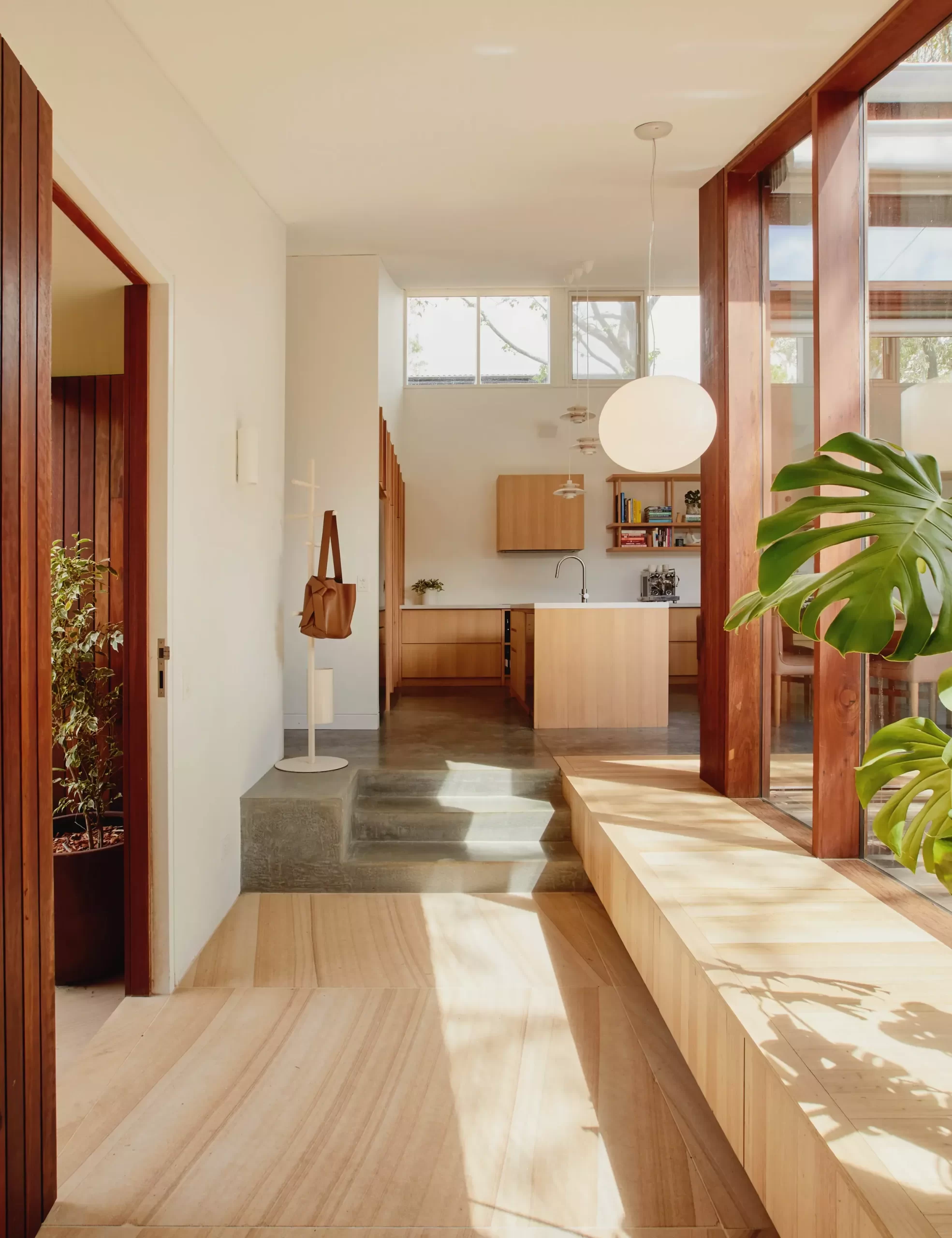
Sustainable home design is a growing trend in the housing industry that focuses on creating houses that are environmentally friendly, energy-efficient, and socially responsible. This type of design takes into consideration the impact that the construction and operation of a home have on the environment, as well as the health and well-being of its occupants. Sustainable homes are often built using eco-friendly materials, such as recycled wood, bamboo, and low VOC paints, and are designed to minimize energy consumption through the use of solar panels, energy-efficient appliances, and good insulation. In addition, these homes often incorporate water-saving features, such as rainwater harvesting systems and greywater recycling, to reduce water usage. Sustainable home design also aims to create spaces that promote health and well-being, with ample natural light, proper ventilation, and healthy indoor air quality. Overall, sustainable home design is not only beneficial for the environment, but also for the health and comfort of those living in the home.
Creating sustainable homes is crucial in today’s world as we strive to reduce our carbon footprint and preserve the environment. There are various ways to achieve sustainable home design, from utilizing eco-friendly materials to implementing energy-efficient systems. One significant aspect of sustainable home design is the use of renewable energy sources such as solar panels and wind turbines. By harnessing the power of the sun and wind, homeowners can significantly reduce their dependence on fossil fuels and lower their energy bills.
Another important element of sustainable home design is proper insulation and ventilation. By insulating the home effectively, homeowners can conserve energy and reduce their heating and cooling costs. Additionally, good ventilation is essential for maintaining indoor air quality and preventing moisture buildup, which can lead to mold growth and health issues. Choosing energy-efficient appliances and fixtures is also key to sustainable home design. Energy Star-rated appliances consume less energy, helping homeowners save money and reduce their environmental impact.
Incorporating passive design strategies is another effective way to optimize sustainable home design. Passive design techniques aim to maximize natural light and ventilation while minimizing the need for artificial heating and cooling. By strategically placing windows and optimizing the home’s orientation, homeowners can reduce their energy consumption and improve their comfort levels. Overall, sustainable home design is essential for creating healthier living spaces, reducing energy consumption, and promoting environmental sustainability. By adopting eco-friendly practices and technologies, homeowners can contribute to a greener future for generations to come.
 home decor trends
home decor trends



